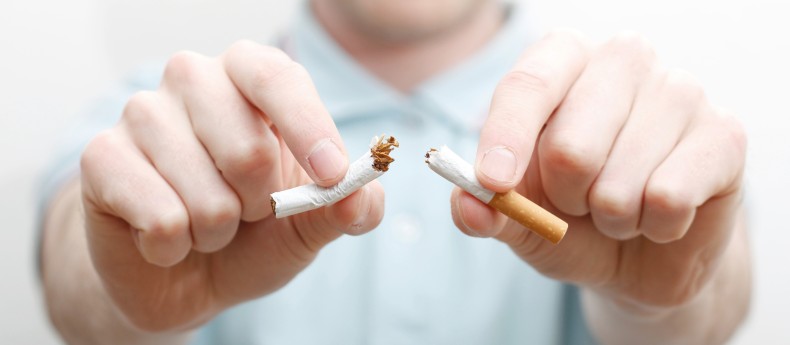
The Harmful Effects of Second-hand Smoke & How to Avoid It
The data on smoking speaks for itself. It is bad for our health and is linked to numerous diseases and health conditions. But did you know that the effects of second-hand smoke can be just as bad if not worse?
Second-hand smoke (also called passive smoke or environmental tobacco smoke) is a combination of the smoke that burns from the end of a cigarette and smoke exhaled by the smoker. Even if you don’t smoke, if you are exposed to second-hand smoke on a regular basis, your body will absorb the harmful substances just as a smoker’s does. Research suggests that the second-hand smoke from a cigarette or cigar actually contains more harmful substances than the smoke inhaled by the smoker. While all passive smokers are at risk, pregnant women, infants, and children are particularly susceptible to the harmful effects of second-hand smoke.
A passive smoker has an increased risk of developing smoking-related disorders including heart disease, lung and nasal sinus cancer, respiratory illnesses, exacerbation of cervical cancer, spontaneous abortion, in addition to sudden infant death syndrome (SIDS), low birth weight, asthma and middle ear infections in children. So, if you are a smoker, you could be unintentionally causing someone you love harm.
How Can You Avoid Second-hand Smoke?
Second-hand smoke is one of the major sources of indoor air pollution. As we move into winter, this becomes an even bigger concern, especially in China where the restrictions on smoking are very low and 67 percent of men smoke.
If you work or live with a smoker, there are some controls that can be taken such as increasing ventilation which will dilute the smoke, and/or using electronic air purifiers which may remove some smoke particles from the air. While these are options, there is only one real way to eliminate second-hand smoke completely from indoor air and that is to remove the source.
Avoiding second-hand smoke when you go out is a little harder. While some parts of China do have laws against public smoking in shops, subways and public buildings, these laws don’t cover restaurants. One way, however, is to go to restaurants and to socialize in places that are smoke-free or have smoke-free areas. Having a Non-Smoking Section means that a restaurant will do the following:
1. Clearly identify a section of tables where smoking is not allowed. These non-smoking sections should have at least 40% of all the available tables.
2. All patrons will be asked if they want a smoking or non-smoking section before they are shown their seats.
3. If the smoking section is full, patrons who have expressed the desire to smoke will be told that they will not be allowed to smoke if they are seated in the non-smoking area.
4. Patrons smoking in non-smoking sections will be asked to stop immediately by the restaurant staff.
While there are not many restaurants that are smoke-free or have smoke-free areas in Beijing and Shanghai, they do exist. We have found over 135 restaurants that offer smoke-free areas in Beijing alone and while this is only small compared to the huge amount of restaurants on offer, it is a start.
Are You a Smoker?
If you are a smoker, there are many ways in which you can help prevent others around you from passive smoking such as not smoking indoors, in a car, in an enclosed space, or where there is a large group of people. The best advice, however, is to stop smoking altogether. It will not just benefit you (the smoker), but everyone around you. If it is difficult (which it will be), consult your physician who can help.
Tips to help you quit smoking:
1. Set your quit date.
2. Tell all of your colleagues, friends, and family of your plans.
3. Get rid of all ashtrays and cigarettes in your environment.
4. Pre-plan activities that you may do that do not involve smoking (e.g. sports, eating at non-smoking restaurants).
5. Ask your primary care doctor if smoking cessation medications are right for you
6. If you are not successful, do not be discouraged. Try again as soon as possible!
Copyright United Family Healthcare 2014 All right reserved - 京卫网审[2014]第1927号 - 京ICP备13017554号-4





